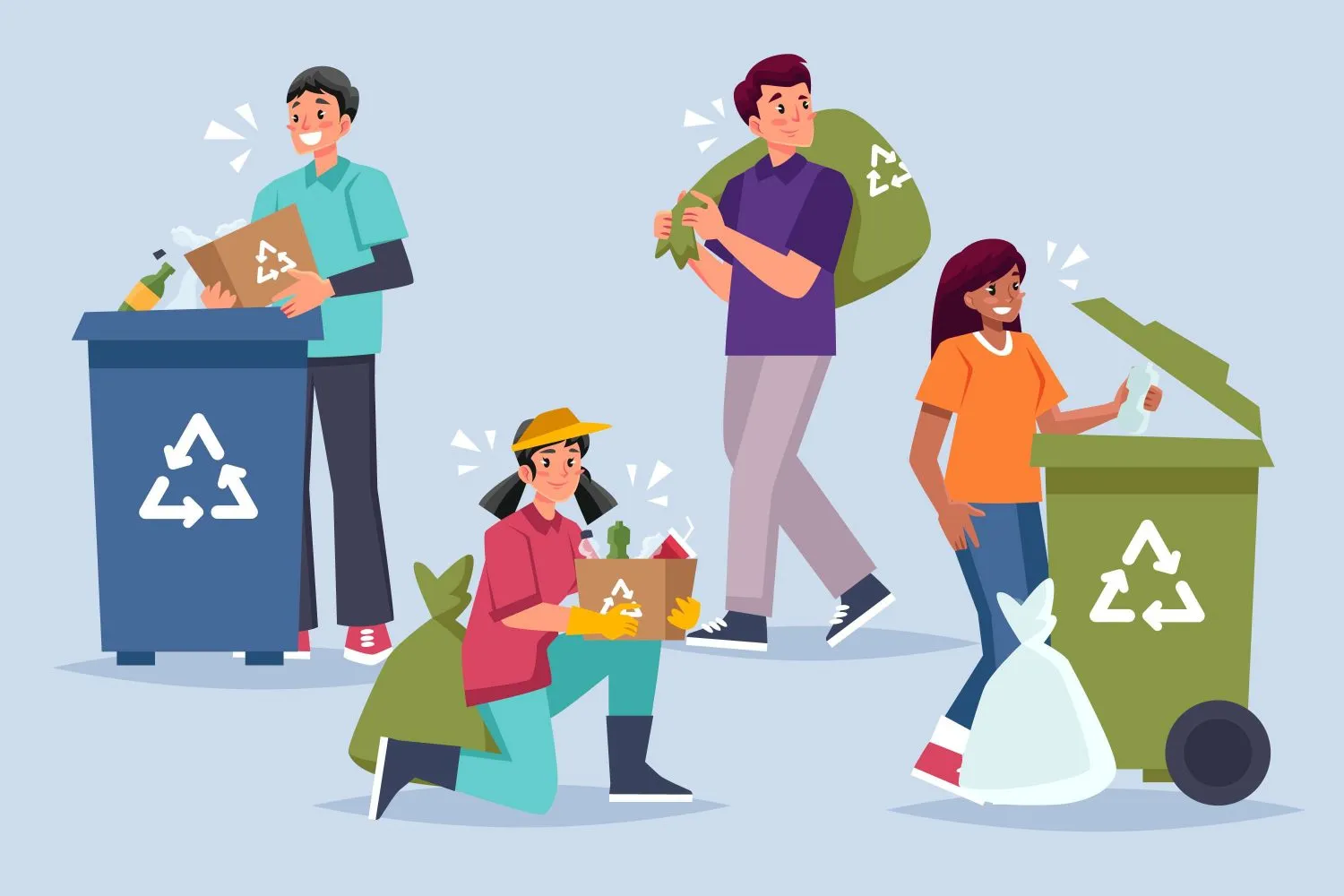Plastic is a type of fossil fuel that takes many years to decompose which can be one of the reasons why it is difficult to recycle. However, with pyrolysis recycling, plastic can be turned into other useful products like biofuel oil and electricity, and so on.
Introduction to Pyrolysis
Pyrolysis is a process of thermal decomposition where organic matter is heated in the absence of oxygen. This allows for the breakdown of complex molecules into simpler ones without the use of combustion. Pyrolysis can be used to recycle plastics and other waste materials into useful products, making it a valuable tool in the fight against plastic pollution.
Plastic waste is a major environmental problem, as it takes centuries to break down in nature and can pollute land and water. Pyrolysis recycling offers a sustainable solution to this problem by breaking down plastics into their component parts, which can then be used to make new products.
Not only does pyrolysis recycling reduce the amount of plastic waste in the environment, but it also reduces the need for virgin materials to be used in the production of new products. This helps to conserve natural resources and reduces greenhouse gas emissions.
Pyrolysis recycling is a promising technology that has the potential to greatly reduce plastic pollution. It is important to continue to support research and development in this area in order to bring this technology to scale and make a meaningful impact on the environment.
Why pyrolysis recycling?
Pyrolysis recycling is an effective way to reduce plastic waste because it can convert non-recyclable plastic into fuel. This process can help to close the loop on plastic waste and reduce the amount of plastic that ends up in landfills or as litter. Pyrolysis recycling is also a cost-effective way to recycle plastic because it requires less energy than traditional methods of recycling.
How does the pyrolysis process work?
Pyrolysis is a process used to convert organic materials into fuels and chemicals. The most common fuels produced via pyrolysis are ethanol and hydrogen. This process can also produce synthetic gas, which can be used to power vehicles or heat buildings. The main drawback of pyrolysis is that it is inefficient. It takes a lot of energy to break down the molecules of the material, which means that only a small amount of fuel can be generated from a large amount of material. However, this process has several advantages over other forms of energy generation. First, it is emissions-free. Second, it is relatively easy to set up and run. Finally, it produces clean fuels that can be used in cars or trucks.
Energy Generation via Pyrolysis
Pyrolysis is a process that uses heat to break down organic materials into molecules that can be burned for energy. This process can be used to generate energy from a variety of organic materials, including wood, paper, and plastics. Pyrolysis is an environmentally friendly way to generate energy, as it doesn’t use any fuel sources.
The Future of Bioplastics
The future of bioplastics is looking bright as more and more companies are beginning to invest in this sustainable and environmentally friendly option. Pyrolysis recycling is one of the most promising methods for reducing plastic waste, and it’s a technology that is constantly evolving.
There are many reasons why bioplastics are a better option than traditional plastics. They’re made from renewable resources, they’re compostable, and they have a lower carbon footprint. But perhaps the most important reason to switch to bioplastics is that they can be recycled using pyrolysis.
Pyrolysis recycling is a process that breaks down plastics into their component parts without producing any harmful emissions. This makes it an ideal way to recycle bioplastics, as there is no need to worry about toxic chemicals being released into the environment.
There are already a number of companies working on developing pyrolysis recycling facilities, and it’s likely that this will become the preferred method of recycling plastic in the future. It’s a cleaner, more efficient way to recycle plastic, and it has the potential to reduce plastic waste on a global scale.
Conclusion
Pyrolysis is a process that can be used to reduce plastic waste. This process breaks down the plastic into its component parts, which can then be recycled or reused. Pyrolysis recycling has the potential to reduce the amount of plastic waste that ends up in landfills and oceans, and it is a more sustainable option than traditional recycling methods. If you are interested in reducing your plastic footprint, consider using pyrolysis to recycle your plastic waste.

